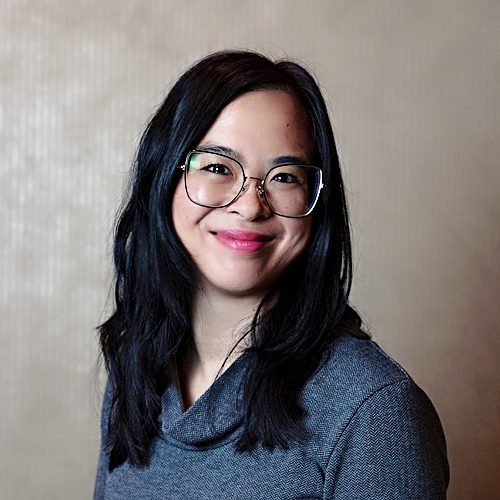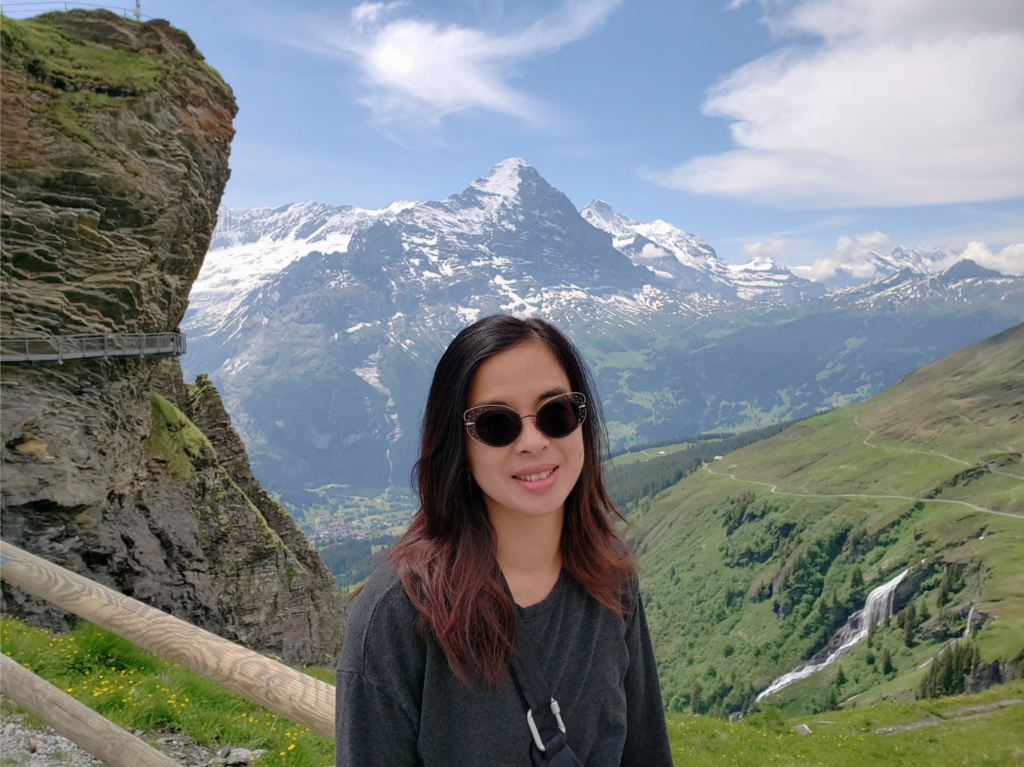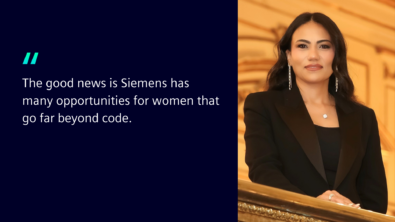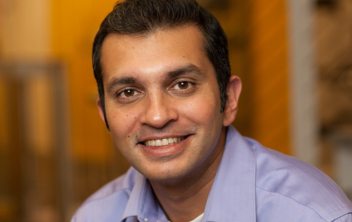Karen Chow

Karen Chow’s professional focus is product engineering in the realm of semiconductor technology, one of the hottest fields around these days. With a background in electrical engineering and an MBA, Karen’s expertise lies in the intricate realm of chip design, specifically focusing on the software Calibre xACT 3D.
Karen provides insights into the rapidly evolving semiconductor industry, offering a unique perspective on the challenges and trends shaping her role. From discussions on her professional journey to reflections on staying motivated through creative outlets, Karen shares her perspective and experiences, offering a glimpse into the challenges and trends shaping her role.
Tell me a little bit about yourself?
I was born in Hong Kong, and my family immigrated to Canada. I got my bachelor’s degree in electrical engineering from the University of Calgary. Then I did my master’s in business administration at Marylhurst University while I was working for Mentor Graphics.
How did you get into engineering? Did you always know that you wanted to be an engineer?
When I was in high school, I really liked math and physics the most. When I was talking to my high school counselor, they said that I should consider engineering. But I was also interested in medicine. When you’re in middle school, you end up having a role model and want to do what they do. I was inspired by a family friend who was a hematologist, and I wanted to work on blood diseases just like them. So, I was like, I am going to go ahead and apply for a bunch of things in university because I have no idea what I wanted to do. A lot of different things sounded interesting, so I applied to different universities for different areas that I was interested in. One was biology, and three were engineering. I thought I maybe wanted to do medical research. But then, I maybe wanted to do engineering without having any idea what that is other than that it has a lot of math. Thankfully, my university (University of Calgary) had two years of common engineering before you specialized. So, over the summer, I thought about what I wanted to do. I really like biology, but I am more wired to do math and physics because it’s intuitive for me. With math, it’s sort of like you don’t get something and then suddenly, the light bulb moment comes on and you get it. With biology, it’s geared towards memorizing things, and other people are more well suited to that. I decided that I don’t think medicine is going to work because I am not like that, and it was too much to memorize. Thankfully, I had two years of common engineering, and I was able to take different classes like organic chemistry, fluid dynamics, and others from different disciplines. After two years, it was much clearer what I wanted to study. I found out that I actually like electrical engineering, but if I hadn’t gone through the two years, I think I would have picked something random, without having any idea what the different engineering disciplines are.
Can you give me a little overview of your role as a product engineer at Siemens, and what are some of your key responsibilities and areas of focus?
As a product engineer, I am responsible for software called Calibre xACT 3D that is used for chip design. Calibre is a field solver, and it’s used for chip design. If you think about a computer chip on your cell phone or something like that, it calculates how much of a delay there is between the different parts of the chip. Another way you can think of it is as if you were to turn on a light switch. To your eye, it looks like the lights turn on right away. When you flip the switch on, the little electrons have to travel all the way through the wire and then to the light switch. There’s some sort of delay there, so my tool measures how much delay there is between the different parts of the chip. As a product engineer, I work with a lot of customers to understand their requirements. For example, with any piece of software, they might say, “Our next chip that we are designing is going to have these features, so we need your software to have this new capability.” I’ll work with customers to hear what capabilities they want, write them up in a document, and then work with engineering to implement them. I work with a lot of foundries, which are the actual chip manufacturers. They will make requests like “For the next technology, like, 3 nanometer technology; we need your software to model this advanced effect.” I spent a lot of time in cross-functional meetings working with our engineering and QA teams.
I work with quality assurance pretty much every day and address things such as issues that might come up. Any questions that are customer-facing will come my way. For example, “We could put this kind of control in the software. Should be like this, or that?” I would get involved in anything that’s related to the user interface, but less so if it’s the actual core of the software, like the internals algorithms of the software. My job is very specialized, and hopefully talking about it gives insight into what product engineers do.
What trends and technologies do you see as most influential within your field of engineering at Siemens, and how does your role adapt to keep pace with those changes?
In terms of trends for my team, it has to do more with the actual technology part of the chips. I would say the type of transistors, or switches, that are used for chips changes as we move to smaller technology nodes and has the most impact on my role. You can think of a transistor as the light switch. It’s either on or off, and that builds all the different circuits. When you have your iPhone, it’s when the new generation comes out, has more features, and is much faster than the previous generations. How they add more features is to make all the switches smaller and smaller. You can cram more functionality into the same size. But when talking about size, transistors are so small now that we’re talking the numbers of atoms and shrinking and shrinking and shrinking. In my industry, they talk about what they call a gate-all-around transistor. The switch part of it is called the gate, and it’s how you turn the transistor on or off. There is a different configuration for making the gate have a 3D shape instead of a 2D shape that goes all the way around the transistor. That’s one way they’re able to squeeze even more functionality into the same-size chip. I would say things like gate and all-around technology have been the most impactful in our software. We must be able to model the new technology.
How do you keep yourself motivated when you’re feeling stuck or working on a project, or just in general?
I incorporate a sense of fun or play into my day. If you’re able to break out of that rut, then it’s a lot easier to make some progress. That might be just having a good laugh with a coworker, or if it’s with friends doing something stupid like singing karaoke or whatever, just thinking back to when you were a kid and what you used to like to do. Recently, I thought to myself, “I am a creative person and haven’t done anything creative in a while.” So, I made a random line drawing from an AI tool of a yin-yang symbol with flowers. I was in a creativity rut and did some coloring to break out of it.
Quick takes
Do you have any book recommendations?
The Sun Children, by Robert Peate. He’s a local author in Oregon who has books that I really love. I’m reading through the series right now. It’s science fiction, where on Earth there’s this unexplained infertility. So, they are like, ‘We are going to send a sacrifice to the sun God, as a ‘please save us’ thing. The book talks about what happens to that child as they’re zooming towards the sun, and let’s just say they don’t die.
If you could take three items with you to a deserted island, what would you bring?
What I would bring would be some chickpea curry, a green smoothie, and water.
What’s your idea of a perfect day?
Going hiking in the mountains with all my friends and family.



